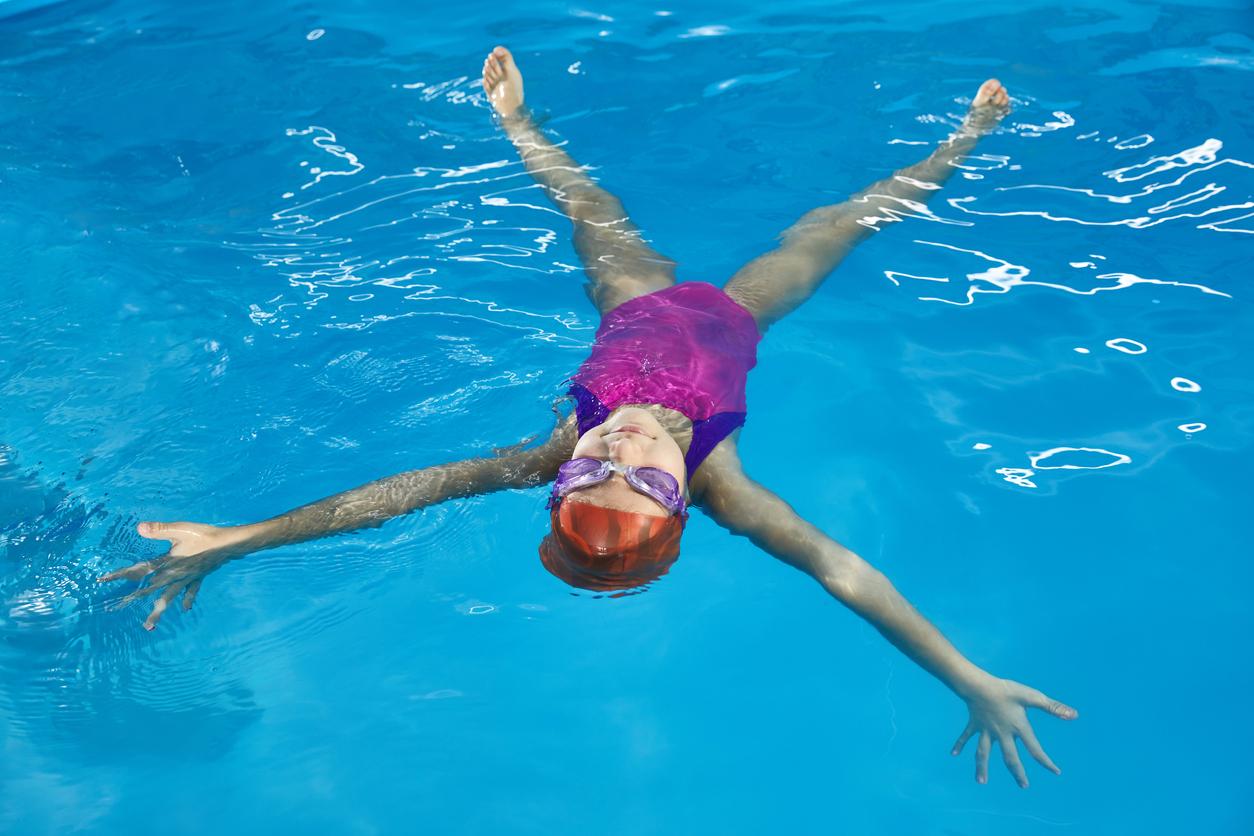During the years 2011-2012, date of the latest statistics from the American Center for Disease Control (CDC), the number of infections caught in swimming pools (whether in gyms, vacation centers or luxury hotels) increased sharply, affecting 1,788 people and causing one death. At a time when everyone is crowding around the pools and water points to try to escape the heatwave, the CDC is drawing attention to the three main infections that can be caught there.
Cryptosporidium infection
Cryptosporidium is a parasite that ends up in the water if feces (even just traces) from an infected person enter the pool. Since this parasite is resistant to chlorine and can survive outside the body for a long time, it can cause nausea and diarrhea in a person who accidentally swallows pool water.
To protect yourself: never swallow the water pool and never touch your face and mouth with your hands until you have soaped yourself out of the pool.
Eye irritation
This can happen if you are allergic to chlorine, of course. But this mostly happens due to a chemical reaction that occurs when chlorine comes in contact with urine. A third compound is then created by chemical reaction, making swimming pool water aggressive to the eyes.
To protect you: wear a properly fitted pair of glasses every time you swim.
Hot bath folliculitis
This form of folliculitis (an infection of the hair follicles with bacteria) most often occurs after a stay in a spa where the chlorine level is insufficient to prevent the proliferation of the pseudomonas bacteria. Within hours (and up to 5 days) of exposure to this bacteria, a rash and itching appear, often on areas of skin in contact with the swimsuit. It’s uncomfortable, but that’s okay.
To protect you: after a stay in a spa or hot tub, shower and soap up without delay and always wash your swimsuit before wearing it again.
Read also :
On vacation by a swimming pool, how to check safety?
Recognize the signs of drowning

















